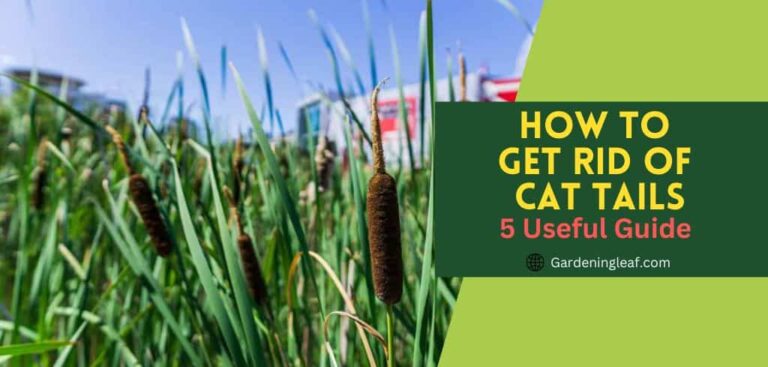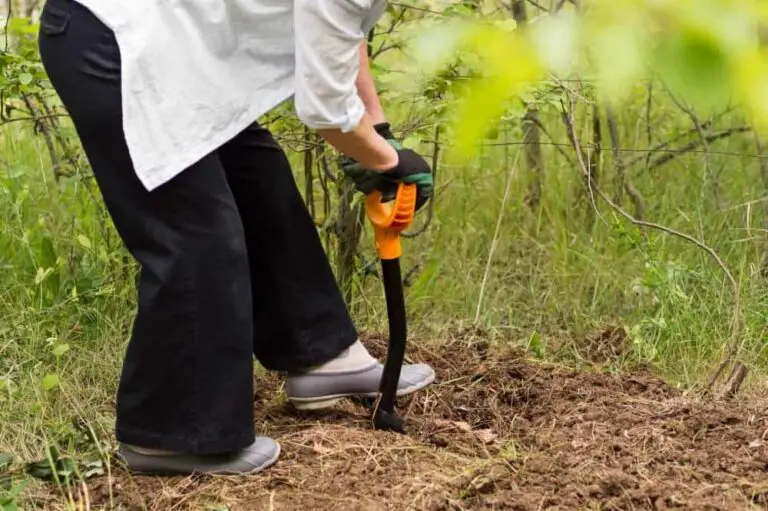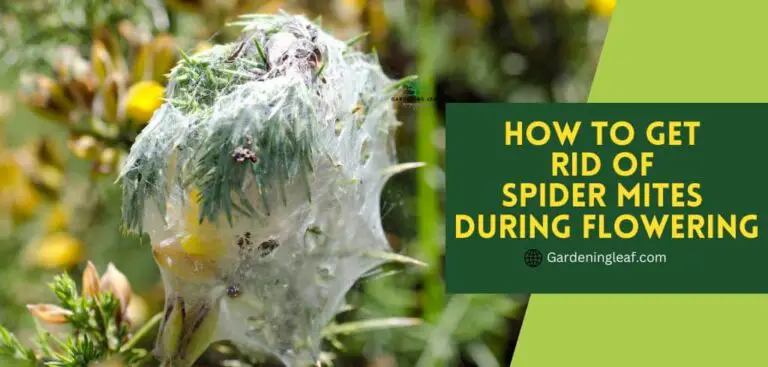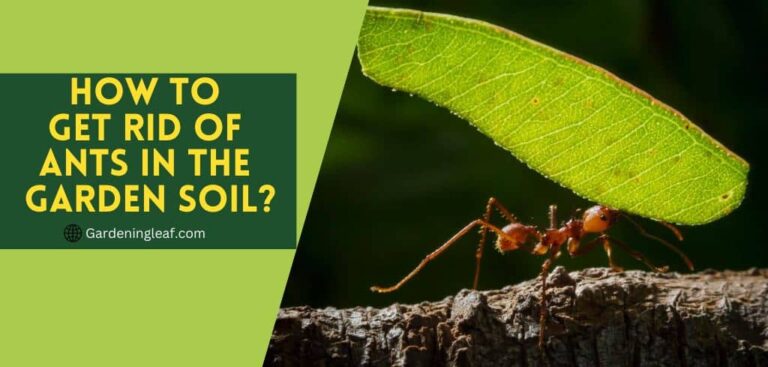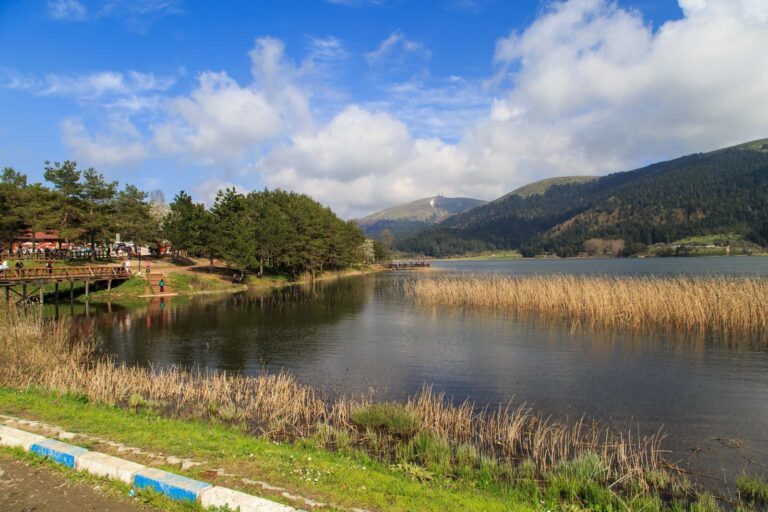How to Get Rid of Ant Hills in Pavers : Best Answer
Your pavers are supposed to provide a welcoming atmosphere in your outdoor living space. However, ant colonies are not among your expected guests. So, what can you do if the uninvited guests have already invited themselves into your pavers? Here I discuses about everything you need to know about how to get rid of ant hills in pavers and prevent their return.
An ant hill is a nest ants create for their colonies by depositing soil in a single spot.
Following are some natural ways how to get rid of ant hills in pavers:
Use Baking Soda or Baby Powder
Ants breathe through their spiracles, the pores in their exoskeleton. Both baby powder and baking soda can suffocate ants by clogging up these pores. When ants ingest the substance, it will trigger a chemical reaction that can cause almost instant de.
How to Use the Treatment:
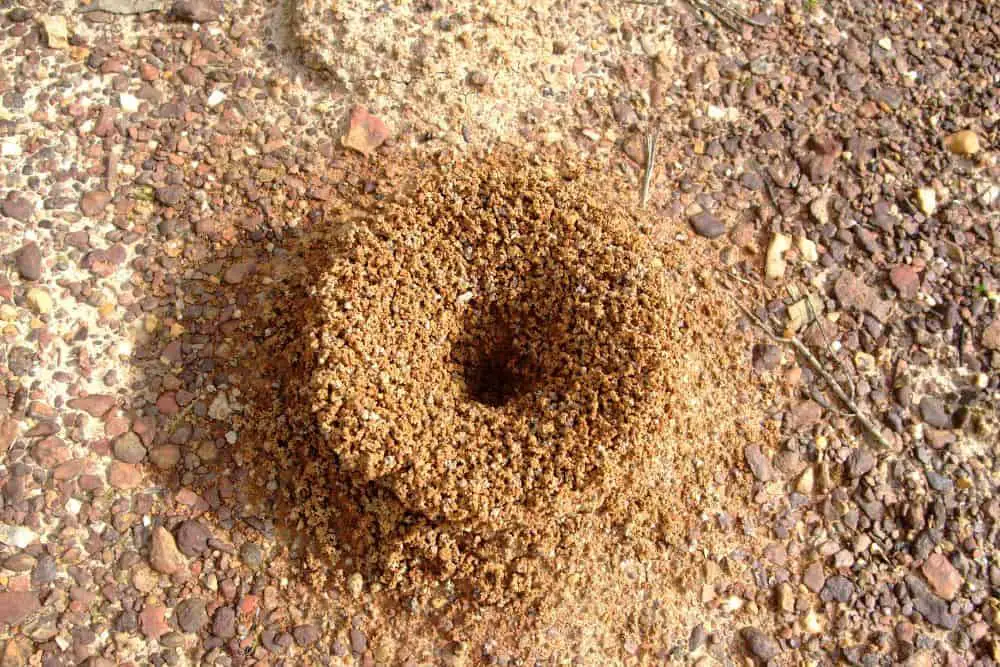
1. Sprinkle baby powder or baking soda inside and around the ant hills, along ant trails, and where you notice lots of ants.
2. Using the same substance, create a barrier around your pavers and any potential entry points for the ants to enter your home. While the ants may be able to cross the barrier, they will die soon after.
3. For better control, mix baking powdered sugar and baking soda in equal parts. The sugar will act as bait and entice the ants to eat. They will then take back some for other ants in the nest to eat. This will kill the ants that partake of the sumptuous meal.
Downsides: While you can safely use baby powder anywhere, baking soda can dry your soil and grass. Because water will wash away baby powder or baking soda, you need to reapply after watering your lawn or rain.
Use Soapy Water
Soap can break down the ants’ cell membranes and destroy their protective wax coating. Without their protective coating, ants will dehydrate and die. Adding some oil will clog the insects’ spiracles and suffocate them.
How to Use the Treatment:
1. Mix ¼ cup Castile soap or a tablespoon of liquid dish soap with a quart of water. You can add olive oil, vegetable oil, or canola oil for a better effect.
2. Directly spray the mixture on visible ants to kill them upon contact.
3. Pour the mixture into ant hills to kill the ants that remain underground.
4. Repeat the spraying and pouring process as necessary. The solution has no lasting effects and will only affect the ants it contacts.
Downsides: Soap can be damaging to some plants. So be careful when applying the solution to your garden or lawn.
Use Boiling Water
Boiling water can burn ants and instantly kill them. It seeps through and destroys the ant hill, so any surviving ant will likely relocate to a new home.
How to Use the Treatment:
1. Prepare a pot of boiling water.
2. Clear the mound covering the ants’ underground nest entrance.
3. Directly pour the boiling water slowly into the entrance. Make sure that most of the water penetrates the hole instead of just soaking the surrounding ground.
4. Repeat the process if you still notice active ant colonies after a few days.
Downsides: Because boiling water can scald you on contact, you must handle it carefully. It can also burn your soil and grass and might form a soggy spot on your lawn. There’s also a risk that the water will start to cool even before it reaches the queen and fail to get rid of her.
Use Borax or Boric Acid
Borax is the powdered form, while boric acid is the more processed version. Boron is the main ingredient for both, and both can kill ants by damaging their digestive systems when ingested.
How to Use the Treatment:
1. Create a bait by mixing borax or boric acid with any food that ants find attractive. Make multiple baits if possible, some with liquid food like syrup and some with solid food like sugar.
2. Put the baits where you notice ants, including ant hills, trails, or near food sources.
3. Refrain from killing the ants when they swarm the baits. Allow them to return the borax-laden food to their nest, where more ants will feast on the food.
Downsides: Borax acid and powder are toxic to pets and humans if ingested or inhaled. It is also dangerous to plants. Wear safety goggles and gloves when handling the substance.
Use Garden Hose Water
Fill entire nests with regular host water to drown the underground ants. There are ants that can survive underwater for up to 24 hours, so it may be necessary to drench the ant nest several times.
How to Use the Treatment:
1. Rake the visible ant hill away to expose the nest underneath.
2. Turn the hose on, and direct the water to the nest entrance. Allow water to run for about half an hour.
3. If active ants remain, repeat the process.
Downsides: Drenching the soil with too much water at one time can drown plants and grass. It will create soggy spots on the lawn for a few days, at the very least.
Read More :- How to Get Rid of Ants in the Garden Soil? Best 20 Ways
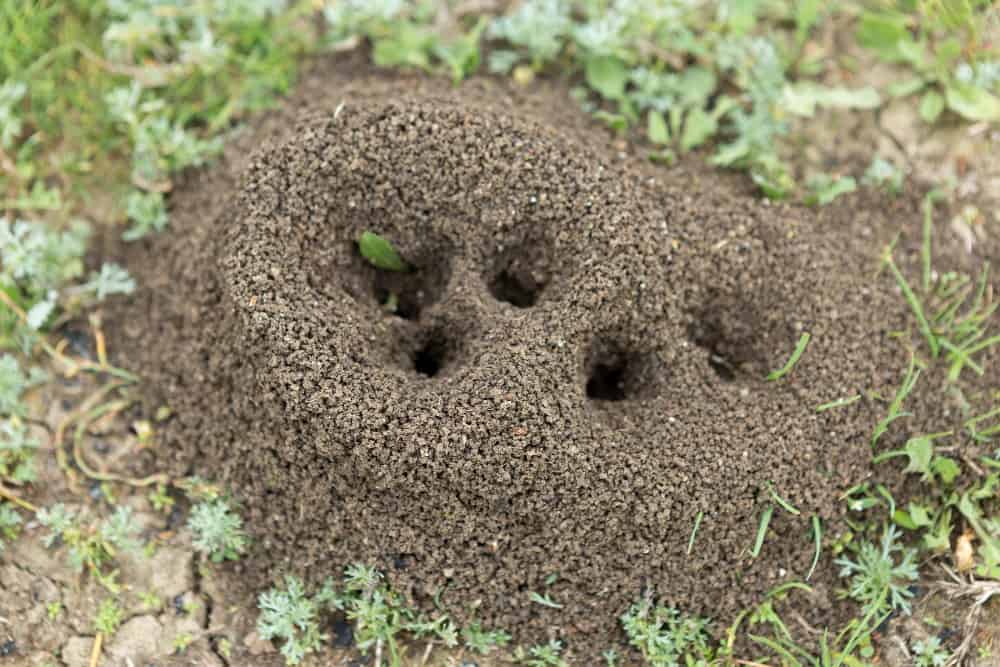
Use Artificial Sweeteners
Sugar substitutes like Nutrasweet, Equal, and Splenda contain aspartame or saccharine that is toxic to ants. The sweeteners damage the ants’ brains, eventually killing them.
How to Use the Treatment:
1. Combine the artificial sweetener with a tablespoon of apple juice, milk, or sweet liquid to attract ants.
2. Leave the solution in a dish that is easy for ants to find, such as near the ant hill or anywhere you see them congregate. Put baits in various locations for best results.
3. Don’t kill the ants you notice around the baits. Allow them to walk to and from the food source. This way, they can bring home the treated food to feed their nest-mates, hopefully including the queen.
Downsides: There are no significant downsides to this treatment.
Also read: :- How to Get Rid of Bees in a Holly Bush
Final Word
These are only some of the ways how to get rid of ant hills in pavers. Even after trying these methods, it is best to call for professional help and let the pros finish the job if you still see ant hills in your outdoor living spaces.
Source :- Rid of ant hill

